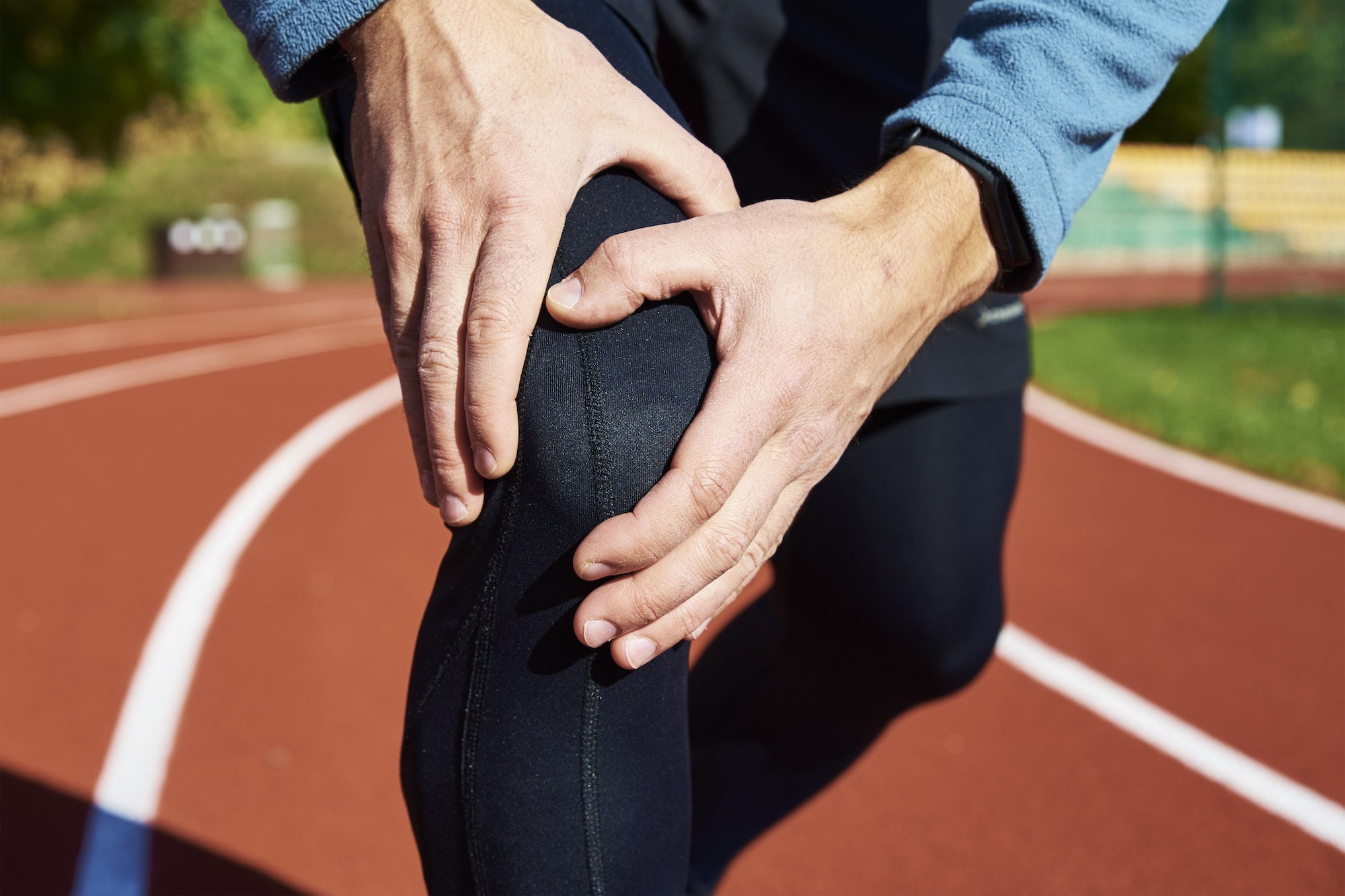Knee pain can be debilitating, but with the right exercises and guidance, you can find relief. Knee pain can be caused by a variety of conditions and injuries, so it’s important to get a diagnosis and treatment plan from a medical professional to make sure you’re doing the right exercises. But once you have a diagnosis, there are some exercises you can do at home to help strengthen and support your knees.
Exercises for Knee Pain
Knee pain can be caused by a variety of conditions, from age-related wear and tear to injuries from sports or accidents. The best exercises for knee pain depend on the specific cause of the pain. Generally, exercises should focus on strengthening the muscles around the knee, improving flexibility, and improving range of motion. Here are some of the top exercises for knee pain:
- Leg extensions
- Leg curls
- Calf raises
- Squats
- Lunges
Leg extensions and leg curls are great for strengthening the muscles around the knee. Calf raises help build strength in the calf muscles, which can provide extra support for the knee. Squats and lunges are great for strengthening the muscles around the knee and improving flexibility. For all of these exercises, make sure to use slow, controlled movements and maintain good form.
Stretches for Knee Pain
Stretching is an important part of any exercise routine and can be especially helpful for people with knee pain. Stretching helps improve range of motion and flexibility, which can help reduce knee pain. Here are some of the best stretches for knee pain:
- Hamstring stretch
- Quadriceps stretch
- Calf stretch
- Hip flexor stretch
The hamstring stretch helps stretch the muscles in the back of the thigh. The quadriceps stretch helps stretch the muscles in the front of the thigh. The calf stretch helps stretch the calf muscles, which can provide extra support for the knee. The hip flexor stretch helps stretch the muscles in the hip, which can help reduce knee pain.
Balance Exercises for Knee Pain
Balance exercises can be helpful for people with knee pain because they help improve stability and coordination. Here are some of the best balance exercises for people with knee pain:
- Single-leg balance
- Heel-to-toe walking
- Standing on one leg
- Standing on a wobble board
Single-leg balance helps improve balance and stability. Heel-to-toe walking helps improve coordination and stability. Standing on one leg helps improve balance and stability. Standing on a wobble board helps improve coordination and balance. All of these exercises can help reduce knee pain and improve stability.
Conclusion
Knee pain can be debilitating, but with the right exercises and guidance, you can find relief. Exercises should focus on strengthening the muscles around the knee, improving flexibility, and improving range of motion. Stretching is an important part of any exercise routine and can help reduce knee pain. Balance exercises can also help improve stability and coordination. It’s important to get a diagnosis and treatment plan from a medical professional to make sure you’re doing the right exercises. For more information on how to treat knee pain, check out Eastside Ideal Healths’ guide.

